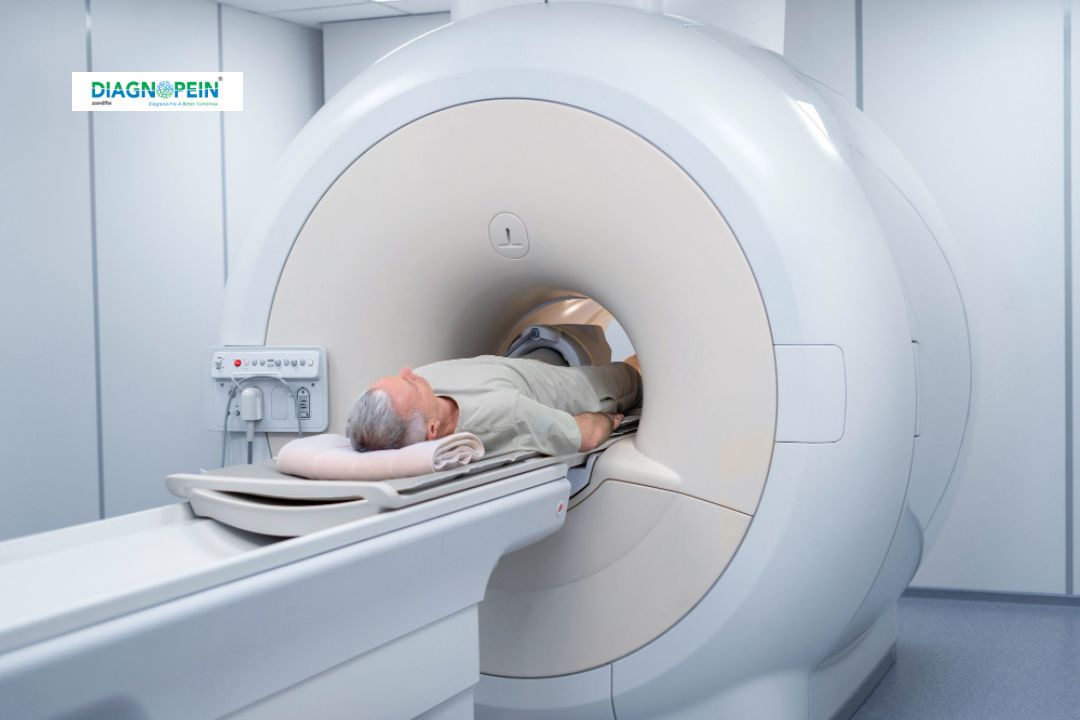Why MRI Hip – Without Contrast with Sialography is Important
This diagnostic combination offers unique advantages in evaluating both local and systemic conditions. It is particularly recommended for patients with:
-
Persistent or unexplained hip pain
-
Limited range of motion or stiffness in the hip joint
-
Swelling or tissue inflammation
-
Suspected avascular necrosis or bone marrow changes
-
Autoimmune conditions affecting salivary glands (like Sjögren’s syndrome)
-
Parotid or submandibular gland obstructions
MRI Hip without contrast eliminates the risks associated with gadolinium-based contrast agents, making it safer for patients with kidney impairment or those allergic to contrast materials. Pairing with Sialography helps clinicians get a more complete diagnostic picture without additional radiation exposure.
Benefits of MRI Hip – Without Contrast with Sialography
MRI Hip without contrast with Sialography provides several clinical and diagnostic benefits:
-
Clear soft tissue differentiation for early detection of joint or tendon abnormalities
-
High-resolution images without exposure to radiation
-
Safe for all age groups and for patients with kidney concerns
-
Helps evaluate bone marrow conditions and joint space degeneration
-
Enhances diagnostic accuracy by combining soft tissue and gland evaluation
-
Shorter scan duration and improved patient comfort at Diagnopein
This combined imaging method simplifies patient workflows, reducing the need for multiple diagnostic visits and offering doctors a complete structural overview from a single session.
How the MRI Hip – Without Contrast Test is Done
At Diagnopein, the MRI Hip without contrast with Sialography test is performed by trained radiology professionals under strict safety protocols.
Step 1 – Preparation
No specific fasting or medication changes are generally required. Patients are advised to remove any metal objects before the scan to prevent interference with the magnetic field.
Step 2 – Positioning
The patient lies comfortably on the MRI table, typically with the hip centered in the imaging coil. Ear protection is provided to reduce the noise produced by the MRI machine.
Step 3 – Scanning Procedure
The scan takes around 30–45 minutes. Radio waves are sent through the hip area to create sectional images, which are then processed to form detailed 3D visuals. During Sialography, imaging sequences map the salivary glands and ducts without contrast dye, using MRI signal variations instead.
Step 4 – Post-Testing
No recovery time is required. Patients can resume normal activities immediately after the scan. The images are analyzed by radiologists, and a detailed report is shared with the referring physician.
MRI Hip Scan Parameters and Technology
Diagnopein uses optimized MRI scan parameters for accuracy and image detail:
-
Field strength: 1.5T or 3.0T MRI scanner
-
Coil: Dedicated phased-array hip coil
-
Sialographic sequence: T2-weighted MR Sialography protocol
-
Slice thickness: 3–4 mm
-
Imaging planes: Axial, coronal, and sagittal views
-
Duration: 30–45 minutes
-
Motion suppression: Implemented for better clarity
These parameters ensure excellent image contrast, reduced artifacts, and faster acquisition times.
Why Choose Diagnopein for MRI Hip Scans
Diagnopein’s radiology center focuses on precision imaging and patient comfort. Our MRI Hip without contrast with Sialography is performed under expert supervision, using state-of-the-art scanners for accurate and fast reporting. We prioritize safety, confidentiality, and clinically relevant details that help doctors plan effective treatments.








